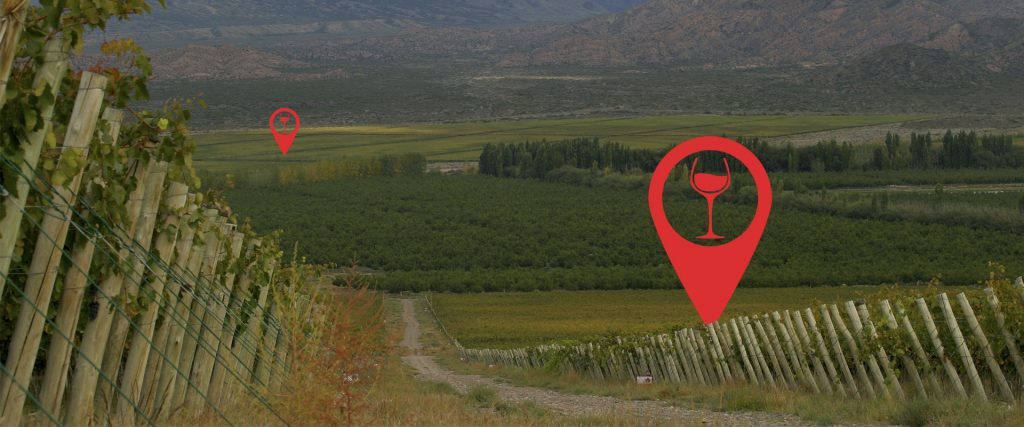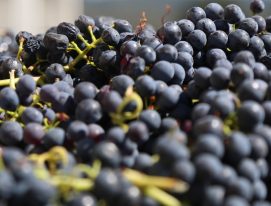Have you ever check the map of Malbec Argentino?
A tour of Malbec country can be truly rewarding if you have the right GPS. Planted throughout Argentina, from north to south, the flavours the grape variety has to offer vary quite markedly depending on the region they come from. The trick is to know the ins and outs of each profile depending on the kind of wine you’re looking for.
But to consumers used to reading European wine labels, Argentina can be a little baffling. The regions change less by latitude than by altitude: because the Andes mountain range runs right down the country, each region has vineyards at very different altitudes that result in deep changes in temperature and other weather conditions that in turn affect the flavour of the Malbec.
To give an idea: in Europe you’d have to travel four hundred miles, from France to Italy, to find the same variation in temperature you get in Mendoza within a distance of forty miles, just by going further up the mountains.
In general terms these different flavours can be summarized by altitude, as we see below:
Map of Malbec : Northern region
Because of the altitude at which they’re grown, the flavours of Malbec from the North are as unique as they are bewitching: intense with a dark violet colour, the aromas feature spicy notes and ripe, jammy fruit with plenty of body in the mouth. Those made at extreme altitudes; over 7000 feet above sea level, bring a sharper freshness and lighten the palate.
The three major terroirs of Mendoza
85 out of every 100 bottles of Malbec are from Mendoza. The province is synonymous with a style: Malbecs with prune aromas and ample, rich jammy palates that result from combining grapes from the different regions. But if you narrow the focus a little, three clearly differentiated styles can be identified.
Malbecs from Luján de Cuyo, for example, grown at an altitude of between 3000 and 3200 feet, tend to be violet in colour with ripe fruitiness and good body, moderate freshness and gentle but broad, muscular tannins.
In the Uco Valley where vineyards are planted at between 3600 and 5000 feet, the cool mountain air and ample sunlight lend the Malbec a different character: bright purple in the glass, the aromas include fresh red and black fruit with herbal and a few floral notes. Ranging from medium to full bodied, the acidity is usually high for Argentine wines, tickling the gums a little.
The East, the region bordering the desert of Mendoza is very similar to central San Juan. Made from vineyards planted between 1800 and 2600 feet, the summer heat produces straightforward wines of a red hue with medium intensity, ripe, powerful flavours and rich alcohol combined with a moderate freshness.
San Juan
The second largest wine producing province in Argentina presents a similar picture to Mendoza only there are just two major, and quite different, terroirs: Pedernal, where vineyards are planted at between 4000 and 5000 feet above sea level, produces reds similar to the Uco Valley founded in freshness and intensity while plains like the Ullúm Valley at 1000 feet above sea level, produce wines like those found in the east of Mendoza, with average body and intensity.
Patagonia
Malbec is, of course, found throughout the region but it’s important to identify some differences. Those produced in the Province of Neuquén, where the vineyards are relatively new, are similar to those made in the Luján de Cuyo, with vivid colour, ripe aromas and a good body with moderate freshness. Those from Río Negro, however, are more like those from the Uco Valley: purplish in colour with red and black fruit, herbal notes, a medium palate and freshness and firmer tannins.
Of course, these terms are just a basic guide: the GPS can easily be adjusted for ever greater precision. For instance, wines from Gualtallary and Paraje Altamira, two well-known terroirs in Mendoza, can be quite different. But if you’re making distinctions like that, you’re an expert already.



